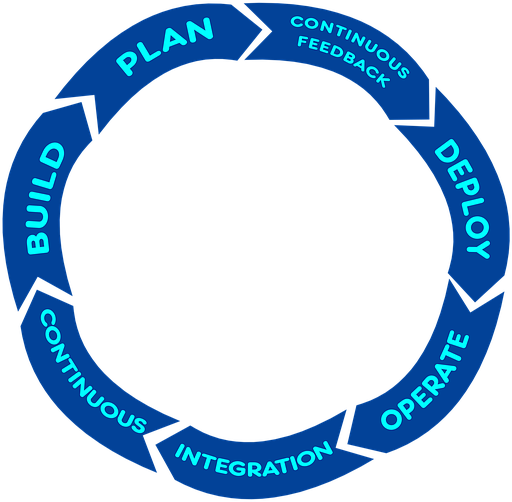DevOps
DevOps: Blazing The Trail From Concept To Production
What if you could deliver a service as quickly as you can conceive it?
The IT world is still a long way from realizing that dream, but the roadmap is now firmly in place and widely accepted. Barely a decade old, the Agile-adjacent discipline known as DevOps helps organizations reduce the time between committing to a system change and placing it into production. According to Datamation, four out of every five large enterprises are already using DevOps, and RightScale reports that small- to medium-sized firms are not far behind.



Release Management: Binding Complex Organizations With Common Threads
The rapid rate of change which DevOps enables is a source of delight for customers, both external and internal, who notice their user experience improving in real time. They probably will never know why, but a big part of their satisfaction is rooted in enterprise release management. It predates DevOps as a discipline, but the cloud-based software-as-a-service model has given ERM a more critical, time-sensitive role. DevOps then emerged as the suite of techniques which best enables it to keep up.
Today’s multi-modal enterprises have more silos and organizational layers which must be taken into account for any kind of rollout plan. That’s why DevOps, which has largely automated ERM, is an ever more critical a factor.
Environment Management: Measuring What’s Most Essential
What gets measured gets done. That’s why it’s important to baseline your organization’s migration to a DevOps environment, then establish key performance indicators. Comptech Associates offers eight KPI categories, mapping to the eight steps of the DevOps iterative process, which you can set quantitative goals.
Start with the planning step by stating goals, ensuring they’re understood, and aligning activities toward them. Next, make sure your code is as uncomplicated and high-quality as you can make it. Then be sure to hit your lead time and cycle time objectives as you go about building the solution. Following that, don’t skimp on testing; hit those open/close rate metrics as well.
At this point, you’re only halfway through the process. Speed to deployment is one major benefit of working in a DevOps environment, but it should also have benefits for operations and monitoring procedures ought to be in place to ensure that these benefits are recognized. Ultimately, as technological changes are released in this new ecosystem, organizational changes should follow; silos should break down and different IT teams should come to trust and rely upon each other more.
Without KPIs mapped to these activities, it’s difficult to know how successfully you’ve introduced DevOps into your enterprise.


Enablement: Readying The Enterprise For DevOps
Change management, approval gates and interfaces with non-automated processes must all be adapted to promote the speed and quality DevOps provides. And as with anything else in IT, security ramifications also need to be addressed.
Of course, there’s always risk inherent with change. The best way to mitigate the risk of migrating to a DevOps environment is to engage a trusted advisor who has worked through these challenges before. To that end, Comptech Associates stands ready to provide whatever guidance you require.
How DevOps Can Help You Today
Your organization will not live or die by its software delivery pipeline – until the day comes that it does. If you want to be ready for that day, consider what bringing in DevOps expertise can do for you:
- Speedier time to market
- Lead time between fixes shortened to fractions
- Changes deployed so frequently it will seem as if you’re continuously improving your service
- Failure rates so low and recovery times so rapid that even end users will notice and appreciate
So if you’re looking to tighten up that flash-to-bang time between concept and fulfillment, let Comptech Associates present you with the steps you need to take.




